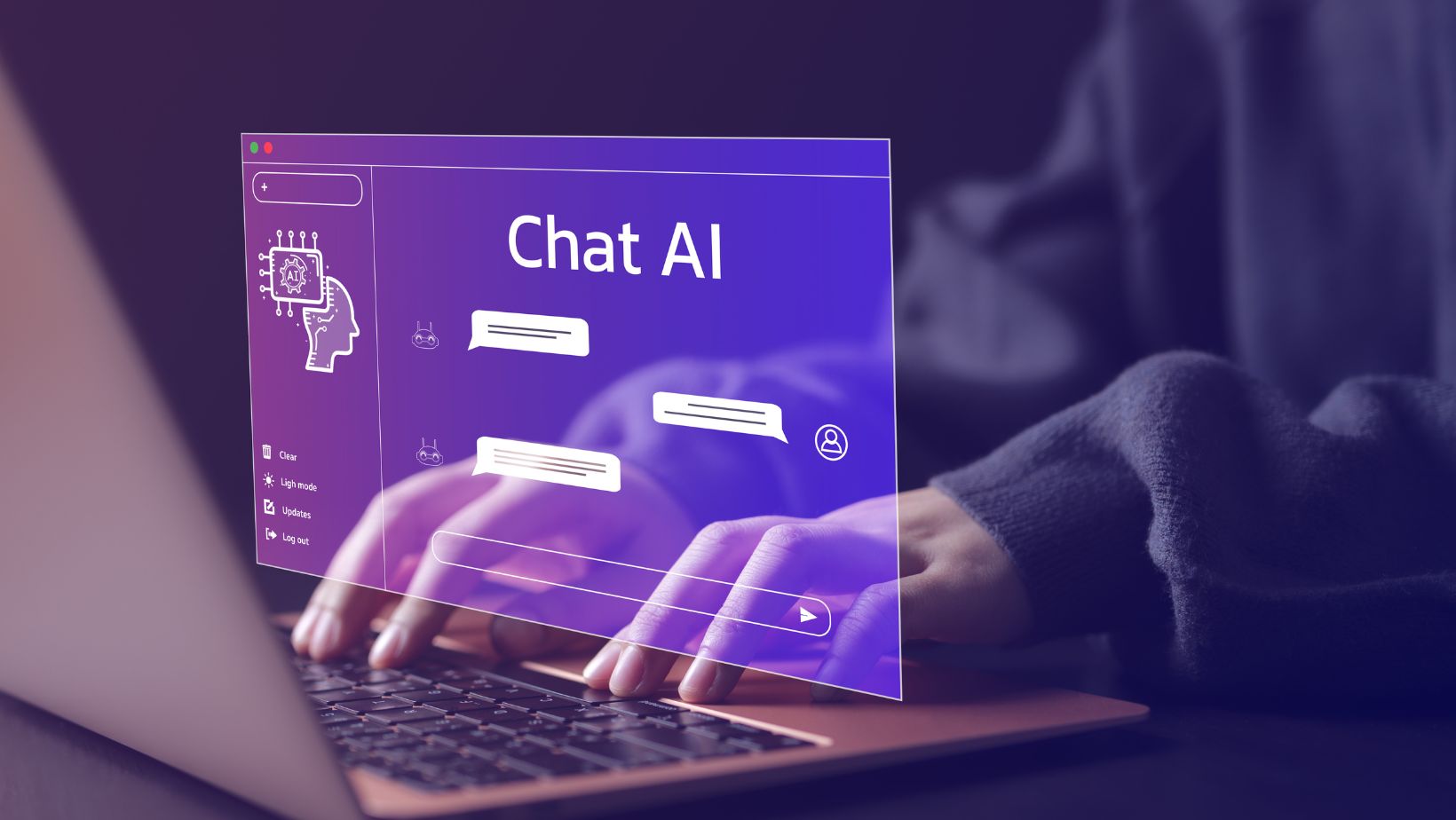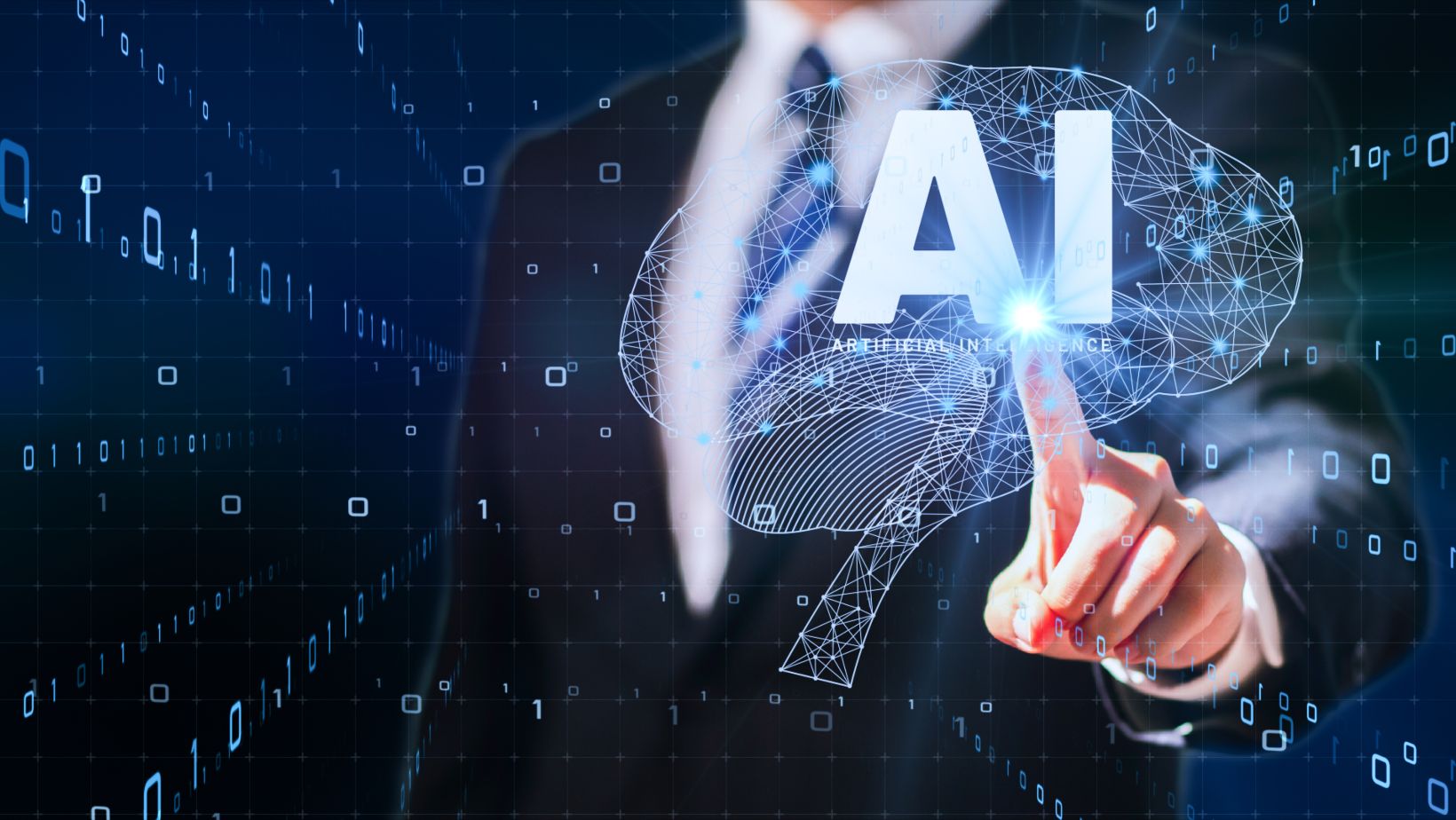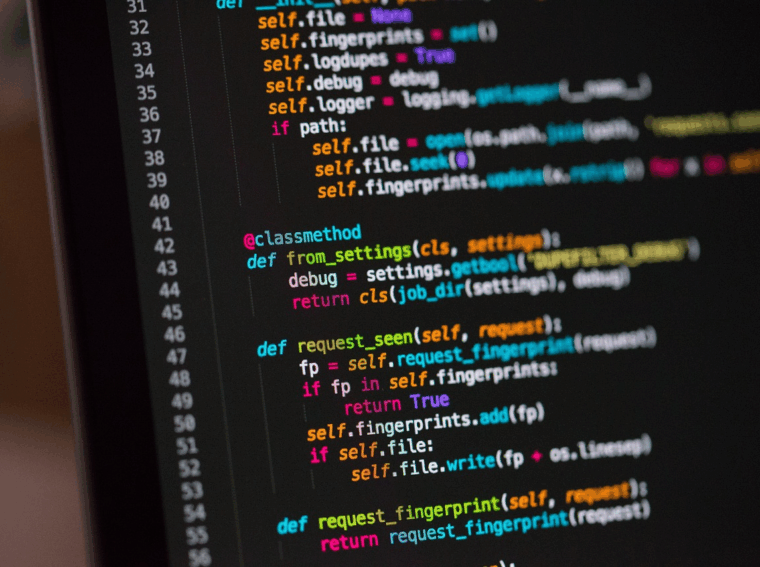From helping to create game art to enhancing the behavior of non-player characters (NPCs), AI accelerates game development. It also helps make games feel more real and fun for players.
As we look ahead, several significant trends are emerging that indicate how AI will continue to transform the gaming world. This article looks at five bold but possible ways AI could shape the future of game development.
1. Game Textures Will Be Instantly Generated by AI Tools
New AI tools are changing how developers make textures for games. AI Texture Generator tools help create different and smooth-looking surfaces quickly. This saves time and work compared to older methods.
These innovative tools utilize input settings to create high-quality textures that align with the game’s art style. This helps smaller studios and indie developers stay competitive with larger teams. They can now utilize advanced tools without requiring a significant investment of money or personnel.
Additionally, AI-generated textures can help games appear more consistent. By training AI on specific art styles, developers can ensure that new textures integrate seamlessly with the rest of the game. This keeps the game looking smooth and connected.
This also speeds up the process of game development and gives artists more opportunities to try new ideas. They can test out cool designs that used to take too long to create by hand.
2. AI Will Handle More World-Building Tasks Than Ever Before
AI is doing more and more when it comes to building the game world. It helps developers create huge and detailed maps much faster than before.
Developers now use AI to handle tasks like shaping land, adding small details, and placing objects in the game. This makes it easier to build large game environments without having to create everything manually.

AI can also create game worlds that adapt to the player’s actions. For example, it can update the land, start events, or change how the story is told, all based on the player’s choices. This makes the game feel more personal and exciting.
This flexibility allows players to enjoy the game in various ways each time they play. It also makes them feel more involved and in control of the game world.
3. AI-powered NPCs Will Offer Personalized, Dynamic Interactions
Thanks to significant improvements in AI, especially in natural language processing (NLP), NPCs can now have smarter, more realistic conversations with players. AI models like GPT-4 help NPCs talk and respond based on what the player says or does.
This means NPCs can remember past conversations, display emotions, and adjust their behavior accordingly. That leads to more interesting stories and gameplay.
AI can also make NPCs better teammates or enemies. For example, Nvidia’s “PUBG Ally” shows how NPCs can give real-time tips, share items, and help in battles. They work almost like real teammates.
This kind of NPC behavior makes games feel more alive and unexpected, like you’re playing with other people, even when you’re not.
4. AI Will Democratize Game Development for Indies
More low-code and no-code AI tools are making it easier for almost anyone to build games, even people who don’t know how to code.
Platforms like GDevelop enable users to create games by simply dragging and dropping elements into place. This opens the door for more people to share their ideas and be creative in game development.

AI tools can also help with writing code, fixing bugs, and testing games. For example, AI can identify mistakes in code, suggest more effective approaches, or even generate entire sections of code based on a written idea.
These tools accelerate the development process, allowing indie creators to focus more on the creative aspects, such as the story and design. That means we’ll see more kinds of games from different people in the future.
5. Ethical AI Use Will Become a Hot Topic in Gaming
As AI becomes an increasingly significant part of game development, people are beginning to ask important questions about how it should be utilized. Topics such as copying art, fairness, and ownership are now being discussed more frequently.
For example, AI models trained on existing art might accidentally copy someone’s original work. This raises questions about who owns the work and whether it is truly original.
Additionally, AI can sometimes exhibit bias, which may result in unfair or hurtful images and stories in games. To avoid this, developers must carefully select training data and employ methods to minimize bias.
We can expect to see new rules and ethical standards governing the use of AI in games. These will help ensure that developers use AI in a fair, clear, and responsible manner.
Conclusion
AI is set to play a major role in the evolution of gaming, changing how games are created and experienced.. It provides developers with better tools that enhance creativity, save time, and make games more engaging for players.
From making textures instantly to NPCs that talk like real people, AI has a lot to offer. However, it also presents new challenges, particularly in terms of fairness and creativity in AI gaming.
As developers move forward, they will need to take both the benefits and the challenges of AI seriously. Doing this will help shape a better future for games and the people who play them.

